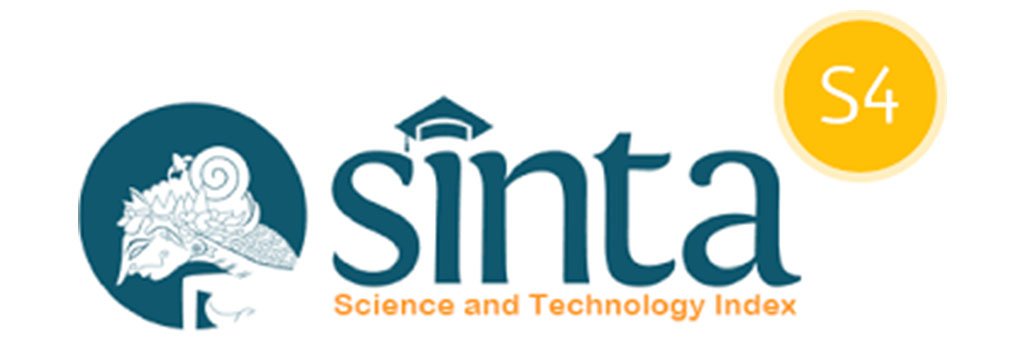Nexus between Public Revenue, Public Expenditure and Economic Growth: Evidence from Nepal
Abstract
The relationship between public revenue, public expenditure, and economic growth has been a subject of extensive debate in economic literature. This study investigates the dynamics between public revenue, public expenditure, and economic growth in Nepal over the period from 1975 to 2022, utilizing co-integration and Granger causality tests. The results of the analysis reveal a unidirectional causal relationship from nominal GDP to government revenue, suggesting that nominal GDP is a significant determinant of government revenue in the short run. The study underscores the importance of economic growth in forecasting public revenue, providing valuable insights into fiscal policy formulation and economic planning in Nepal.
References
Atkinson, A. B., & Stiglitz, J. E. (2015). Lectures on Public Economics: Updated edition. Princeton University Press.
Auerbach, A. J., & Gale, W. G. (2016). Effects of fiscal policy on economic growth. Brookings Papers on Economic Activity, 2016(2), 139-178.
Barro, R. G. (1987). Government spending, interest rates, and budget deficits in the United Kingdom. Journal of Monetary Economics, 20(2), 221-247.
Baxter, M., and King, R. G. (1993). Fiscal policy in general equilibrium, 315–334.
Blanchard, O., & Johnson, D. R. (2013). Macroeconomics (6th ed.). Pearson.
Blanchard, O., and Perotti, R. (2002). Empirical characterization of the dynamic effects of changes in government spending and taxes on output. The Quarterly Journal of Economics, 117(4), 1329–1368.
http://hdl.handle.net/10.1162/003355302320935043
Boiciuc, I. (2015). The effects of fiscal policy shocks in Romania: A SVAR approach. Procedia Economics and Finance, 1131–1139.
Bonzu, S. (2021). The macroeconomic effects of fiscal policy shocks in Sierra Leone: A structural vector autoregression approach. International Journal of Development and Sustainability, 10(8), 294–314. www.isd.net.com/ids
Devereux et al. (1996) Monopolistic competition, increasing returns and the effects of government spending. Journal of Money, Credit and Banking, 28(2), 233-254.
Gali et al. (2007) Understandings the effects of government spending on consumption. Journal of the European Economic Association, 5(1), 227–270.
Gnip, A. G. (2013). Empirical assessment of the stabilization effects of fiscal policy in Croatia. FEB Working Paper Series 13-06. Romanian Journal of Economic Forecasting, 1–34
https://www.researchgate.net/publication/259589982
Gurdal, T., Aydin, M., and Inal, V. (2021). The relationship between total revenue, government expenditure, and economic growth in G-7 countries: New evidence from time and frequency domain approaches. Economic Change and Restructuring, 54, 305-337.
International Monetary Fund. (2009). Fiscal policy for the crisis. https://www.imf.org/external/np/pp/eng/2009/040609.pdf
Jimenez et al. (2023). Time-varying impact of fiscal shocks over GDP growth in Peru: An empirical application using hybrid TVP-VAR-SV models. Structural Change and Economic Dynamics, 64, 314–332. https://doi.org/10.1016/j.strueco.2023.01.005
Karagianni S, Pempetzoglou M, Saraidaris A (2012). Tax burden distribution and GDP growth: nonlinear causality considerations in the USA. Int Rev Econ Finance 21(1):186–194. https://doi.org/10.1016/j.iref.2011.06.002
Mankiew, N. G. (1987). Government purchases and real interest rates. Journal of Political Economy, 95(2), 407–419.
Mankiw, N. G. (2019). Macroeconomics (10th ed.). Worth Publishers.
Mountford and Uhlig (2009). What are the effects of fiscal policy shocks? Journal of Applied Econometrics, 24(6), 960-992.
Priyadipa et al. (2022). The effect of fiscal policies on economic growth in Indonesia. Journal of Malikussaleh Public Economics, 5(1), 33–39. https:// ojs.animal.ac.id/index.php/Jompe
Romer, D. (2018). Advanced Macroeconomics (5th ed.). McGraw-Hill Education.
Stiglitz, J. E., & Rosengard, J. K. (2015). Economics of the Public Sector (4th ed.). W. W. Norton & Company.
Saba, S., Saqib, M., & Iqbal, N. (2015). The dynamic effects of fiscal policy shocks in Pakistan. MRPA [WP, 94155], 1–25. https://mpra.ub.uni-muenchen.de/94155
Tiony, O. K. (2023). The effects of fiscal policy shocks on aggregate demand and economic growth in Kenya: A VAR analysis. Modern Economy, 14, 1074–1107. https://doi.org/10.4236/me.2023.148056
Copyright (c) 2025 Gyan Mani Adhikari, Rajendra Adhikari, Santosh Chhetri, Achyut Gyawali

This work is licensed under a Creative Commons Attribution-ShareAlike 4.0 International License.


